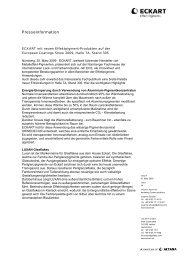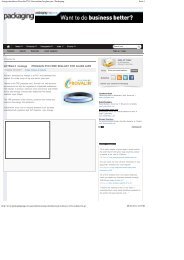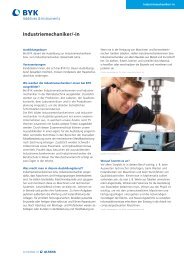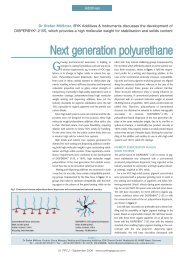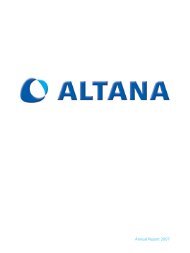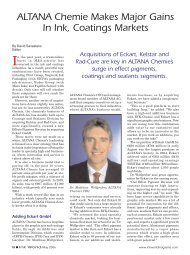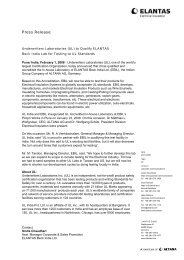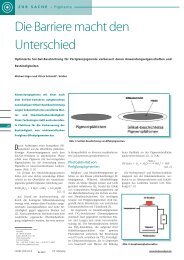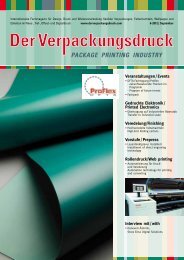You also want an ePaper? Increase the reach of your titles
YUMPU automatically turns print PDFs into web optimized ePapers that Google loves.
2010<br />
Ralf Dickmann<br />
ACTEGA Rhenania GmbH<br />
2010<br />
Ralf Dickmann<br />
ACTEGA Rhenania GmbH<br />
What is a heat <strong>seal</strong> lacquer<br />
<strong>Heat</strong> <strong>seal</strong>:<br />
Two substrates are linked, tied, combined by the mean<br />
of heat and at least some pressure. One or both<br />
substrates have a heat <strong>seal</strong>able layer (or are heat<br />
<strong>seal</strong>able by themselves), which is activated by heat.<br />
Other methods to combine substrates:<br />
• Cold <strong>seal</strong> / pressure sensitive tape: no heat is necessary,<br />
mainly pressure<br />
• Adhesive lamination: both substrates are combined in-line<br />
What is a heat <strong>seal</strong> lacquer<br />
<strong>Heat</strong> <strong>seal</strong> lacquer:<br />
The heat <strong>seal</strong>able layer is produced by lacquering, the<br />
liquid, diluted phase is transformed to a dry coating by<br />
evaporating the solvents<br />
Other methods to produce heat <strong>seal</strong>able layer:<br />
• Coextrusion of a special heat <strong>seal</strong>able layer during film<br />
processing<br />
• Hot melt / extrusion coating: heat <strong>seal</strong>able layer is put on by<br />
heating up and subsequent coating on the substrate<br />
2



